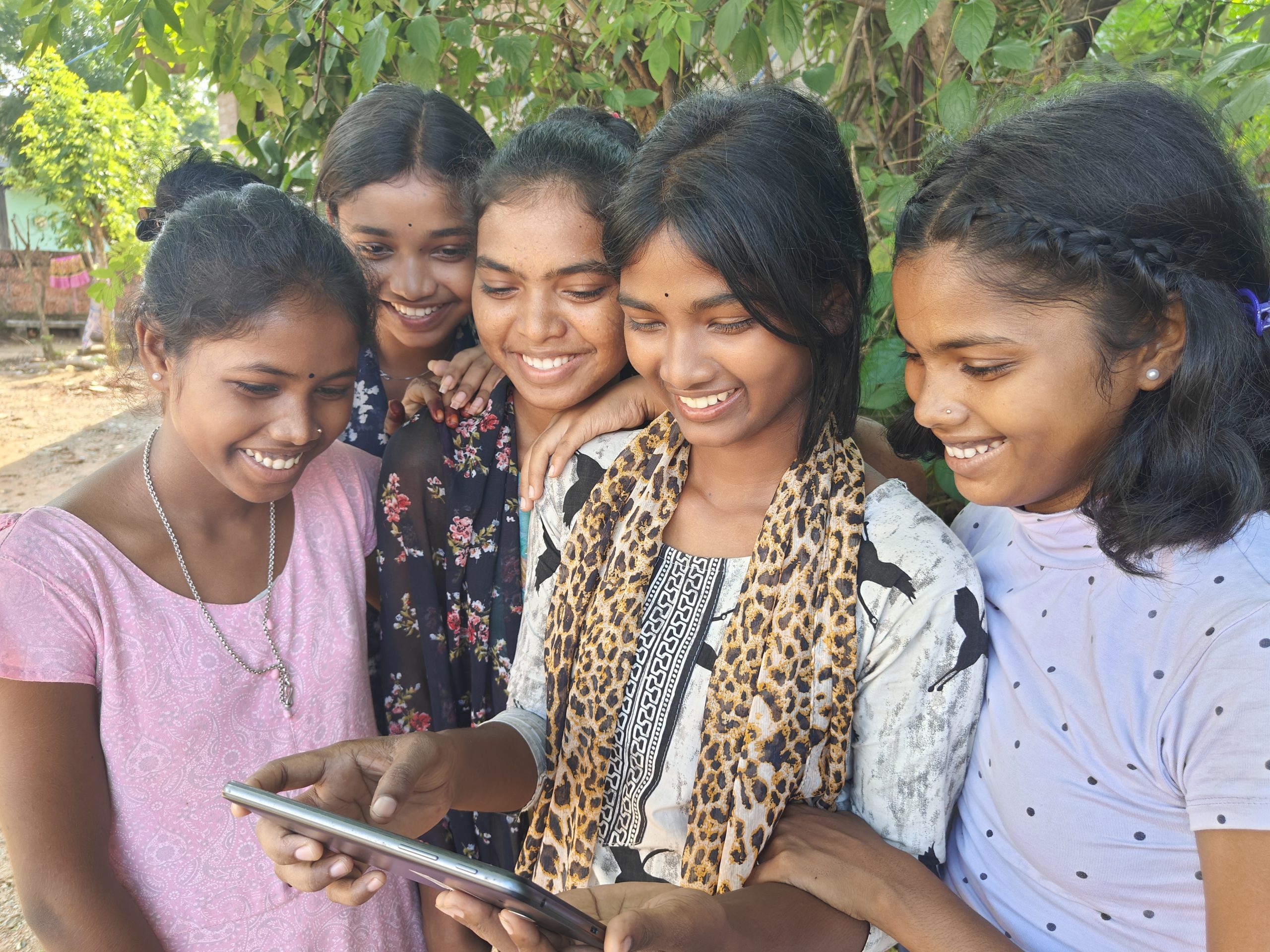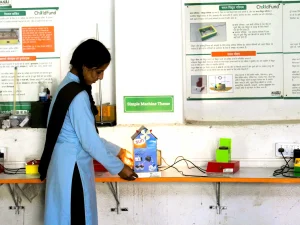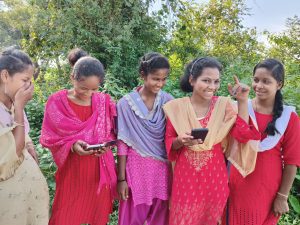Why Online Safety for Children Starts With Conversation
The internet is full of learning, entertainment, and connection. But for children, it also brings unseen dangers—cyberbullying, fake friendships, inappropriate content, scams, and screen addiction.
In India, the risk is growing. More than ever, children are accessing the internet—often alone, on mobile devices. The good news? You don’t need to be a tech expert. You just need to be a caring adult who listens.
Just like we teach children to cross the road safely, it’s time we guide them through the digital world—with care, clarity, and conversation.
Understanding Online Risks for Children in India
Children across Indian cities, towns, and villages are using smartphones, tablets, and smart TVs for school, games, and social media. But these tools can also expose them to:
- Inappropriate or adult content
- Cyberbullying on games and social apps
- Online scams and phishing
- Online grooming by strangers
- Excessive screen time impacting health and studies
Real Story:
Harini, a bright girl supported by ChildFund’s e-Saksham program, scored 100% in English by accessing online education safely. But not every child has guidance or digital literacy. Harini’s story shows how parental involvement and support can turn tech into a tool for success, not danger.
Read Harini’s story
When Should You Start Talking About Online Safety?
Start early and. tailor the conversation to your child’s age:
- Ages 5–8: Teach simple rules like “Don’t talk to strangers online” or “Always ask before clicking.”
- Ages 9–12: Talk about privacy, digital boundaries, and online kindness.
- Teens (13+): Discuss online reputation, critical thinking, peer pressure, and healthy screen use.
How to Talk to Your Child About Online Safety
1. Keep It Calm and Natural
Use real-life situations:
“I read about a girl who got bullied online. Let’s talk about how we can avoid that.”
2. Use Simple, Clear Language
Avoid tech jargon. Say:
“Some people pretend to be friendly online, but they might not be who they say they are.”
3. Explain What’s Private and What’s Not
“Your name, address, school, photos—those are private. Never post them or share with strangers.”
4. Set Rules Together
Involve your child in creating screen time rules, approved apps, and safe contacts.
5. Talk About Cyberbullying and Kindness
Encourage empathy:
“Even jokes can hurt someone. If anyone is mean, save the messages and tell me.”
6. Encourage Ongoing Conversations
Regularly ask:
“Did you see anything strange online this week?”
Digital Safety for Children: Tips for Indian Parents
Use Parental Controls: Enable filters on YouTube, browsers, and devices
Check Privacy Settings: Review who can see or message your child
Be a Role Model: Practice balanced screen time and respectful online behavior
Stay Informed: Keep up with trending apps and games your child uses
Stories That Inspire Action and Awareness
Sona: Building a Safer Community in Firozabad
Sona, a youth leader, now advocates for online and offline child safety. She works with children to educate them about safe digital behavior.
Read her journey
Divya: From Learner to Educator in Digital Literacy
Divya teaches other youth about responsible internet use. Her journey from student to teacher highlights the power of digital awareness.
Explore Divya’s story
Udaan: Empowering Girls Through Education and Internet Safety
The Udaan project helps girls from rural areas access digital tools safely. Many participants now use the internet confidently for education.
Learn more about Udaan
Raising a Digitally Wise and Safe Generation
Helping your child stay safe online isn’t about control, it’s about confidence, conversation, and care.
As parents, we’re not just protecting them from harm. We’re preparing them to explore the internet safely and responsibly. With your love and involvement, your child can navigate the digital world with awareness and courage.
Final Tip: Stay #WebSafeAndWise
ChildFund India continues to support parents and children with education programs, digital literacy, and child protection efforts. Explore more at ChildFundIndia.org






